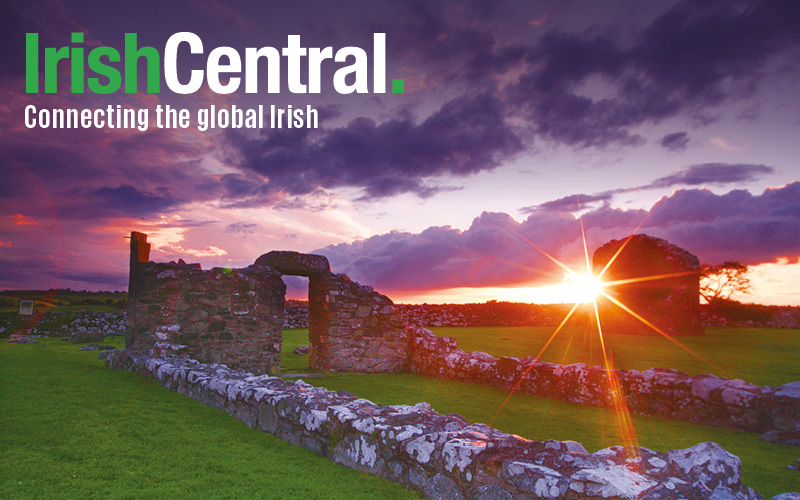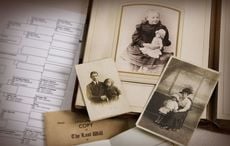The project wants to ensure these orphan workhouse girls are not forgotten.
Background to the Workhouse assisted passage to Australia
A group of 33 young girls were transported to Australia on the Palestine ship, in 1853 from the Mountbellew workhouse. It was renowned that these bride-ships carried destitute girls from orphanages, poorhouses or those who had a sponsored fare the Great Famine.
The Mountbellew workhouse at that time, Aug 1852, had 418 inmates and 130 able-bodied females. In November 6 1852 there were 392 inmates and 124 able bodied-females. On November 20 1852 there were 401 inmates in the workhouse, 134 able-bodied females, though 32 able-bodied females were discharged during this week (presumable the 30 for assisted emigration).
County Galway was very much affected by the Famine of 1845-47. In 1841 the population was 443,000. Ten years later, it had fallen to 322,000.
In early September 1852, an entry in the Mountbellew Poor Law Union Board of Guardian Minutes described a letter from Lieutenant Sunders (R.N. Emigration Agent) stating that the Emigration Commissioners had instructed him to make a selection of 30 young women from the female inmates in Mountbellew workhouse to be candidates for emigration to Van Diemen’s Land, with passage to the colony by the ship “Travencore,” which was to sail from Plymouth.
Read more: Doctors, lawyers, teachers also died in Famine workhouses
On the September 10, 1852 there was another entry noting that Lieutenant Saunders Emigration Agent had selected 30 of the female inmates for passage to Van Diemen's Land, on board the ship Travencore, which eventually sailed from Plymouth.
After the success of this first dispatch of workhouse girls, another list of passengers was drawn up and the Palestine later set sail from Plymouth on November 26, 1852. Among the girls chosen to make that fateful journey to Australia was Mary Dooley. Mary and three other girls replaced several girls deemed medically unfit to make the long journey to Australia. This is where their life stories begin. They led interesting lives.
The girls that set sail on the Palestine were:
Pat O`Brien
Biddy O Brien
Mick O Brien
Catho O Brien
Mary O Brien
Catho Cunningham
Mary Geraghty
Mary Flanagan
Mary Flynn
Ms Staunton
Mary Taylor
Ms Egan
Biddy Fitzgerald
Ellen Hansberry
Mary Kilroy
Biddy Tully
Mary Cunningham
Biddy Bodkin
Mary Butler
Mary Neary
Mary Flynn
Biddy Concannon
Henry Noone
Ms Nilfagle
Cathie Hughes
Georgia Ne
Marie Lorre
Maria Egan
Celia Coldman
Catho Glynn
Mary Cathe
Mary Mannion
Mary Dooley
Esther Tully
Ms Carberry
Mary Carberry
Eliza Trasta
Catho Coleman
Ms Atkins
These 33 girls traveled over land to Dublin and from there they sailed to Plymouth prior to their departure for Australia.
Mary and the other girls arrived in Western Australia on April 28, 1853 after five long, and probably terrifying, months at sea. On arrival, it is believed that Mary found employment as a servant with a local hotel proprietor at The Ship Hotel. Several months later, on January 28, 1854, Mary married Mr John Dawson, who was 26 years her senior.
Mary and John’s first child, Mary Jane (possibly named after her mother as was custom in those days), was born on November 13, 1854 in Newtown, Western Australia. Mary had seven more children after Mary Jane.
After all of her eight children were born, Mary became one of the first midwives in the south west along with another three Irish girls. These four Irish women saw into the world almost an entire generation of West Australians born into the South West region. It is presumed that Mary went on to have a happy and fulfilling life.
Her youngest son Edward later told the story that Mary’s relatives had earlier emigrated to America, but Mary preferred to go to Australia, as she would one day "return with her apron full of gold." Afterwards she was to say that she "had her apron full of gold, in her many children."
Now the Mountbellew Workhouse Project aims to trace the orphan girls' descendants in Australia and secondly to look at possible descendants of relatives here in the surrounding localities of Mountbellew, Caltra, Castleblakeney, Moylough, Newbridge, to name a few areas in the west of Ireland. The aim once they have collated all the descendants is to reconnect them with their ancestors in Ireland.
The group plans on holding a service in Mountbellew to celebrate the orphan girls' lives in May 2018 and to acknowledge that they were not forgotten, that they deserve to be remembered in Irish history. The project has already heard from some representatives of the orphan girls wishing to attend.
The Mountbellew Workhouse Project has made great strides in Australia and has managed to connect with quite a few of the orphan girls' descendants. They are so excited about this project and eager to assist.
If you have any information on those mentioned in this story please contact the Mountbellew Workhouse Project visit their Facebook page here.
Read more: Leitrim locals want memorial for 4,000 orphans sent to Australia during Great Hunger




Comments